Please see below our services to assist you, or please contact us to assist you immediately!
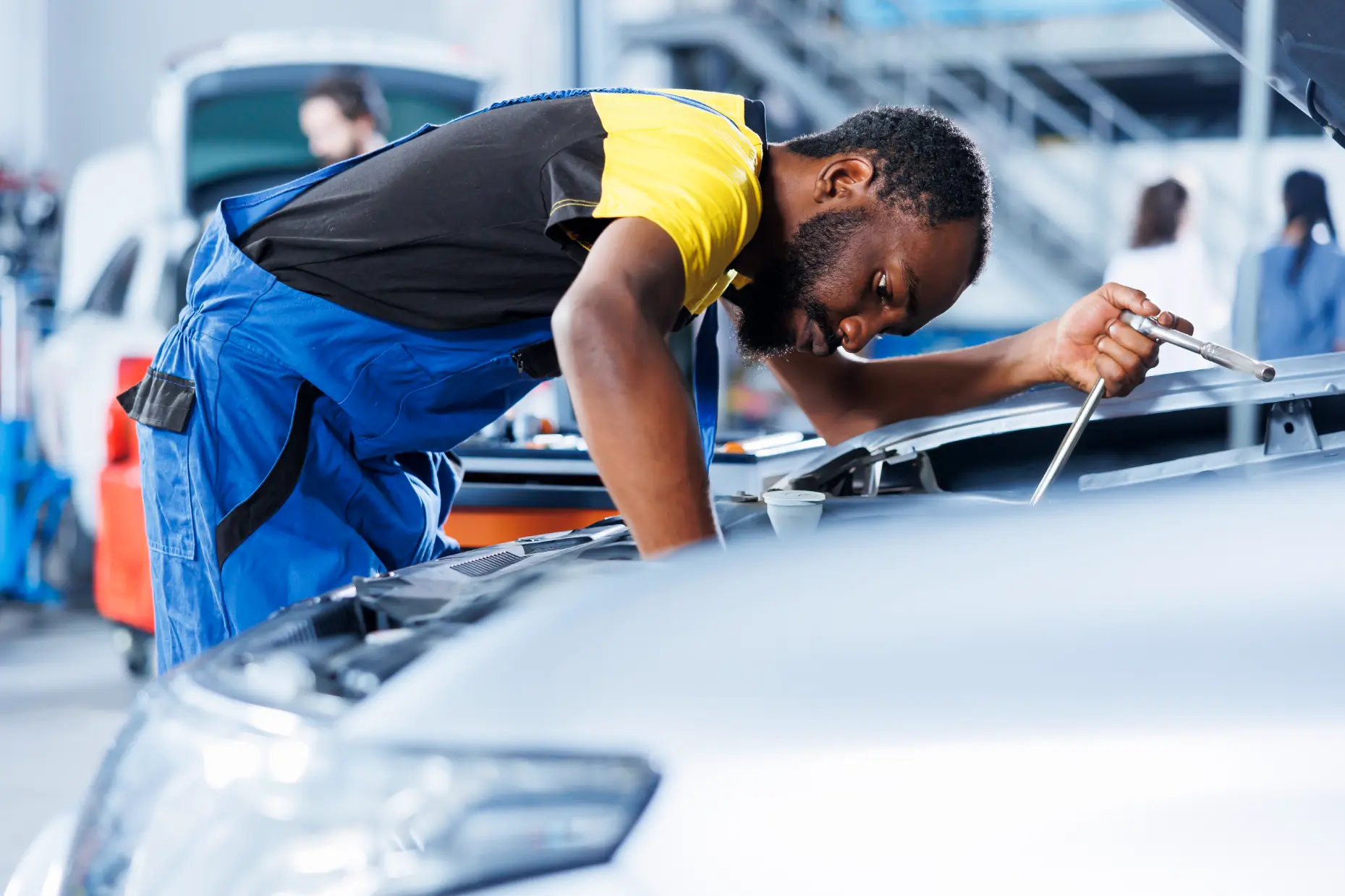
Professional auto electrical services to keep your vehicle running reliably.

Expert care for your vehicle’s drive train to ensure smooth performance.

Advanced diagnostic tools to quickly identify and resolve issues.

Comprehensive engine overhaul solutions to restore peak performance.
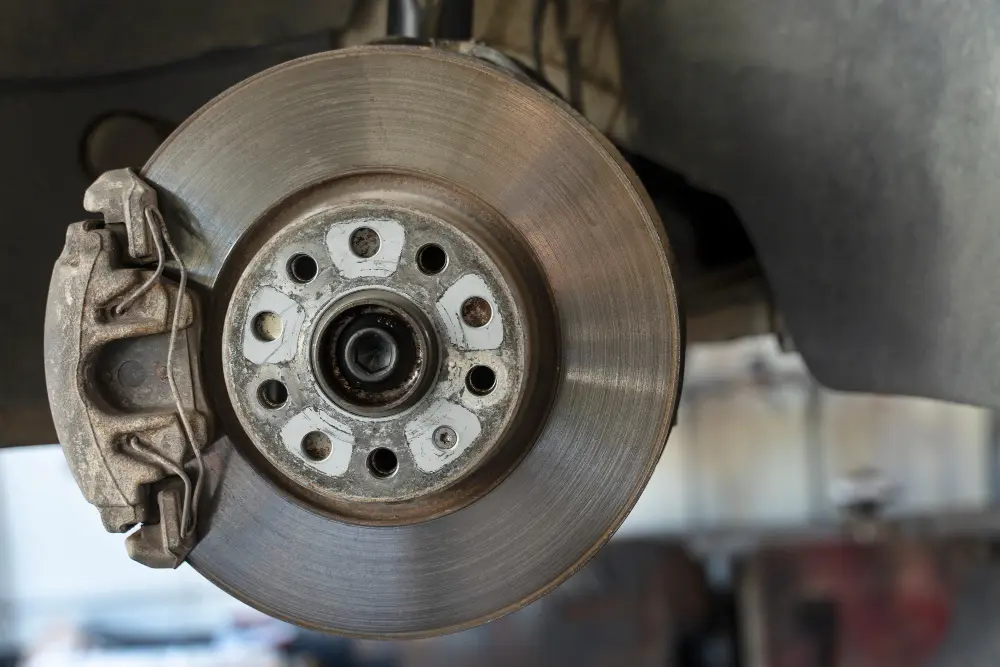
Ensure safety with precise and reliable brake maintenance and repairs.
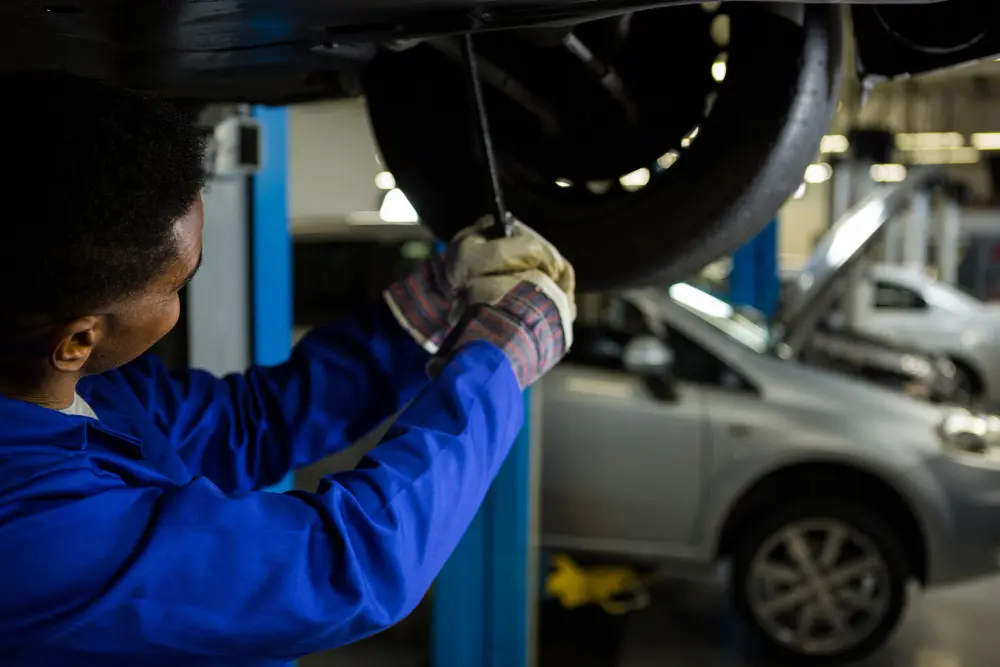
Thorough major servicing to maintain your vehicle’s long-term health.
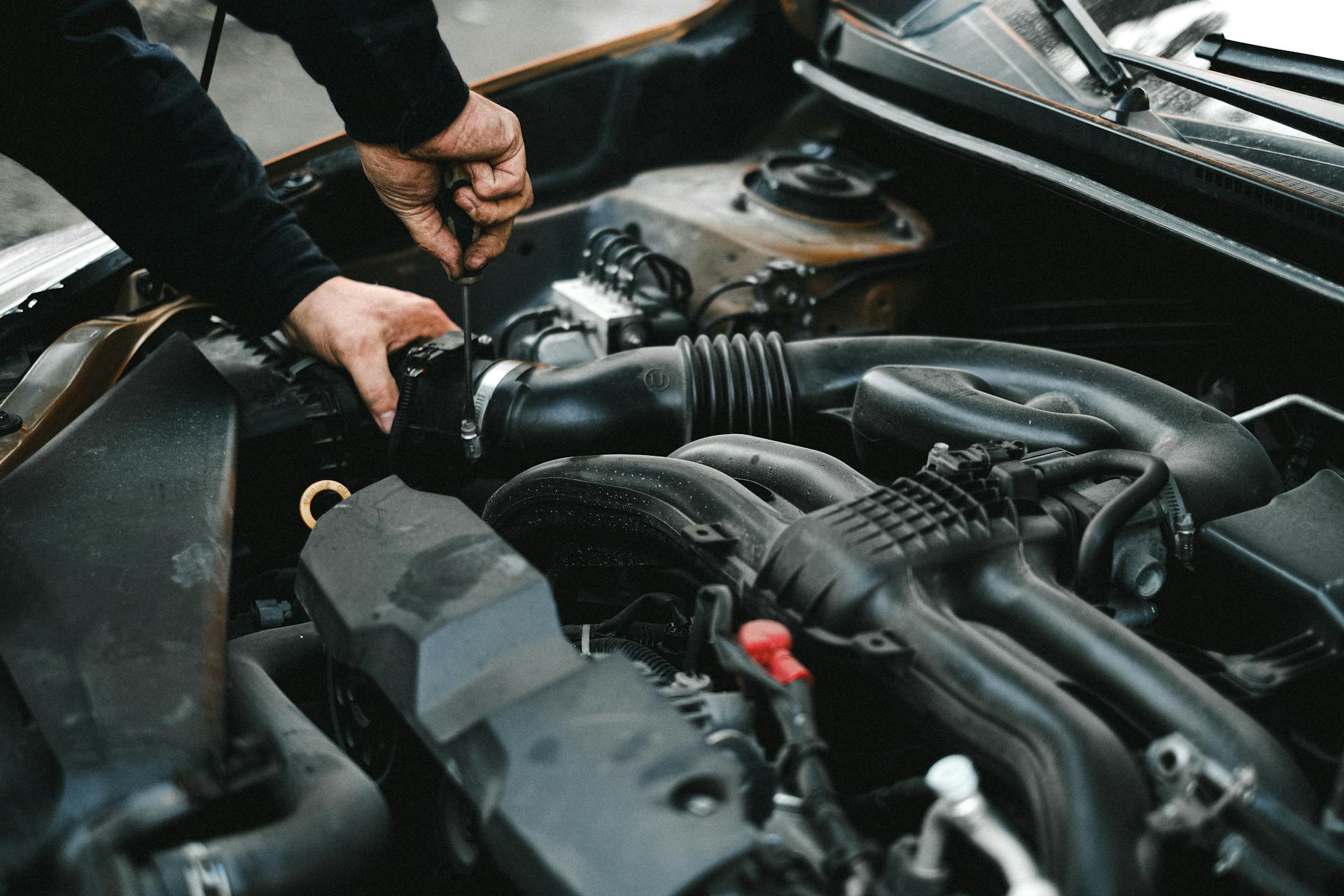
Routine minor servicing for reliable everyday performance.
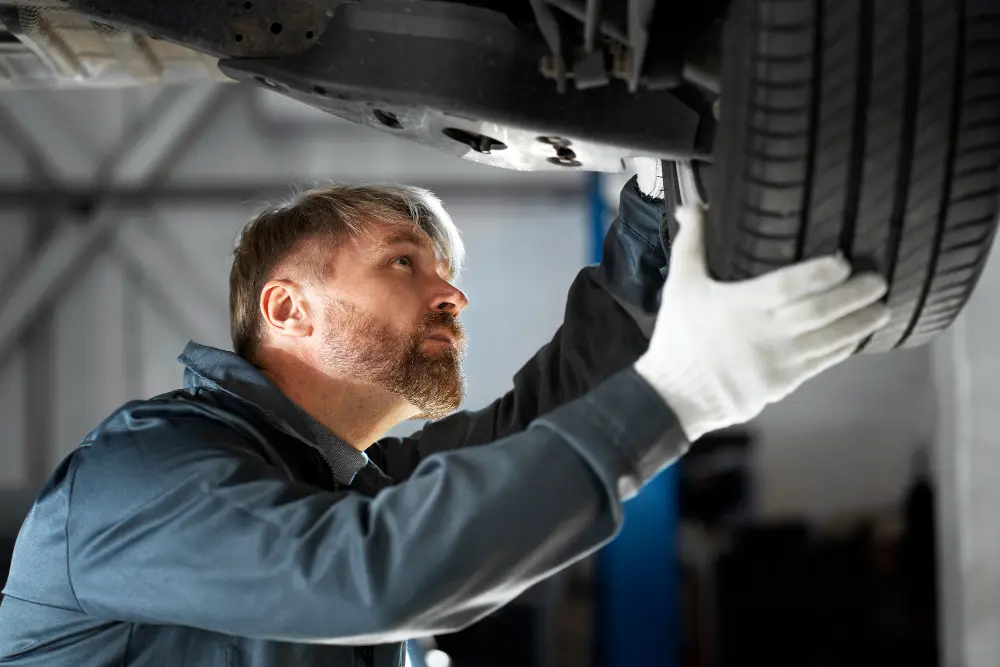
Specialized rear suspension care for a smoother driving experience.

Maintain control and comfort with expert suspension services.

